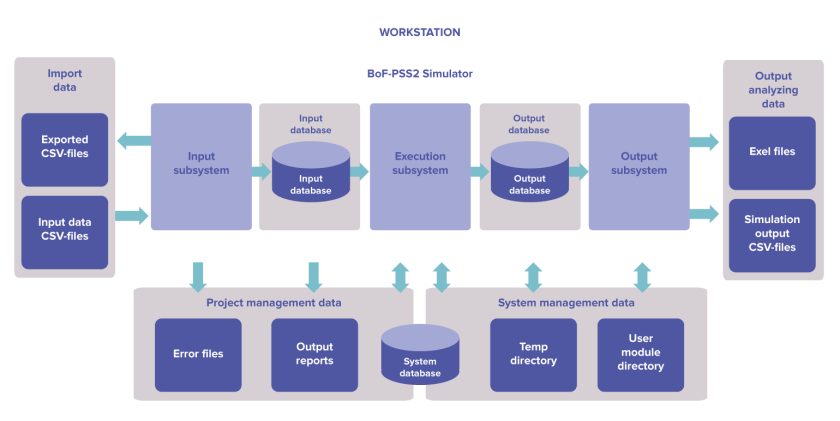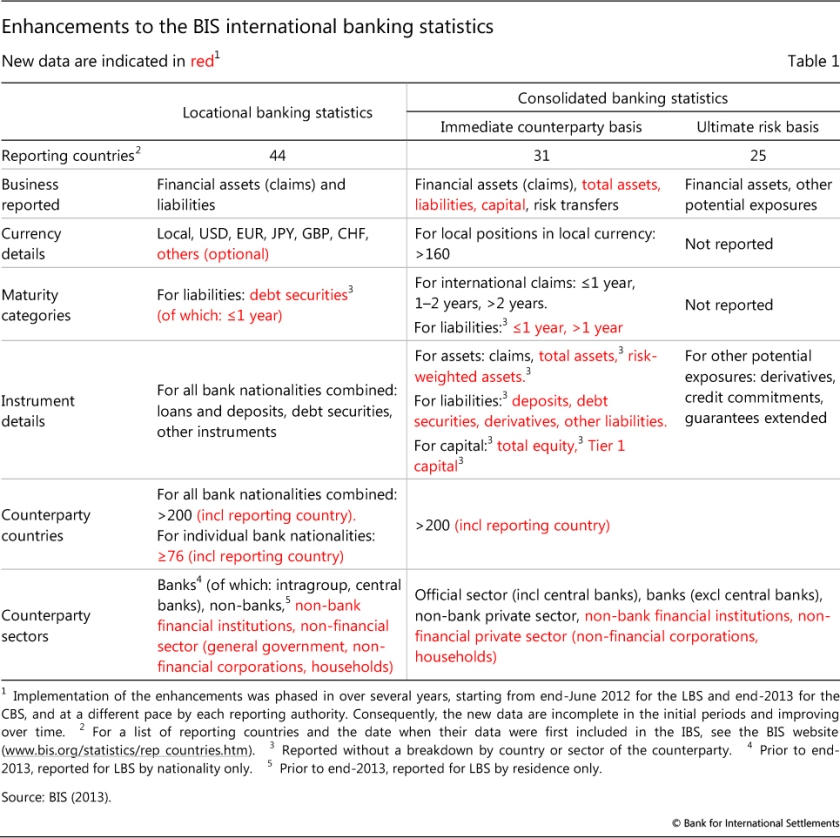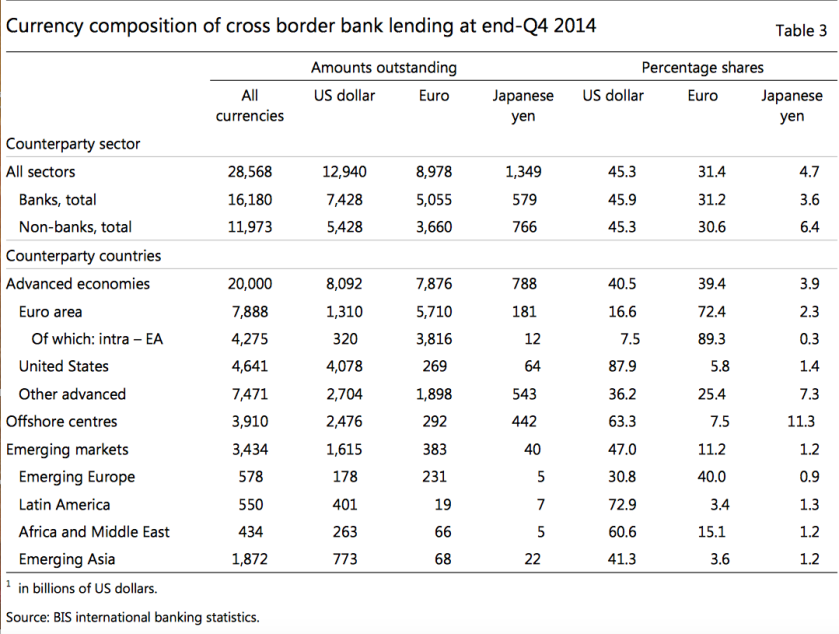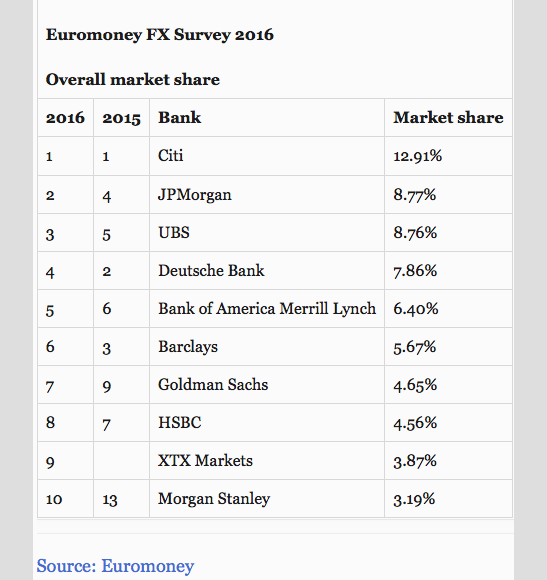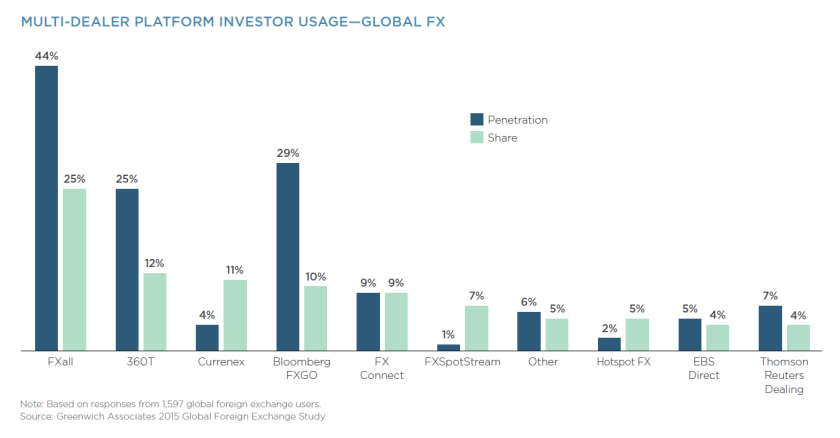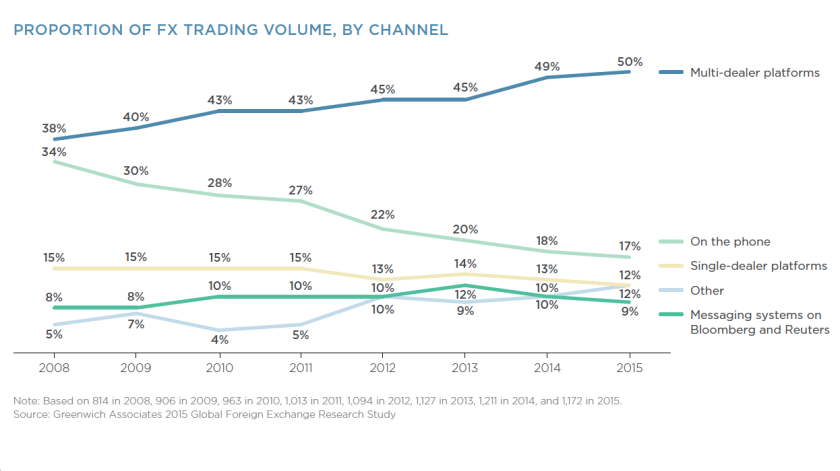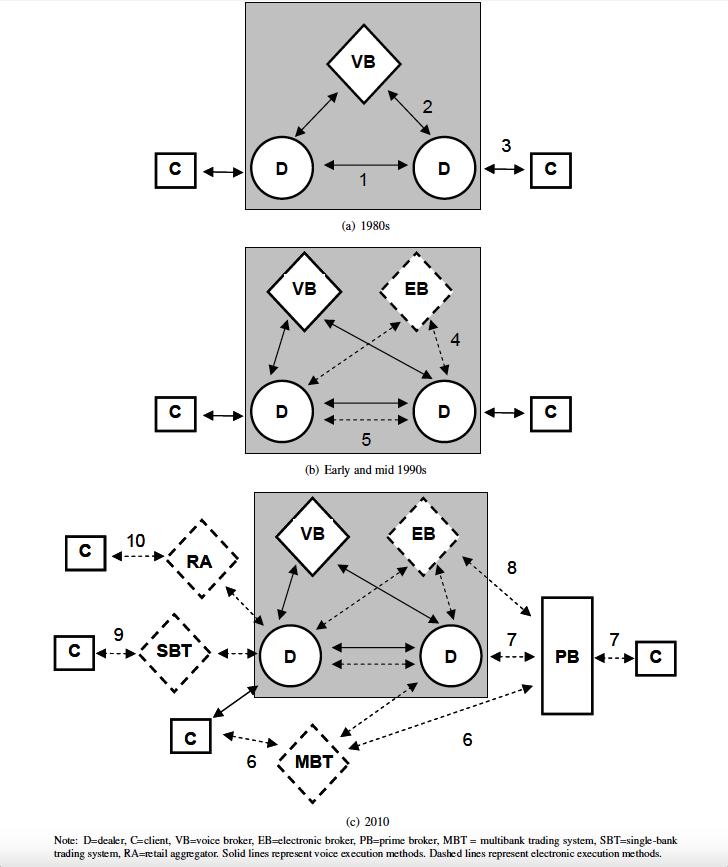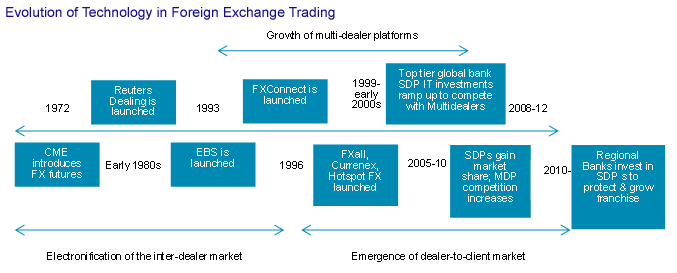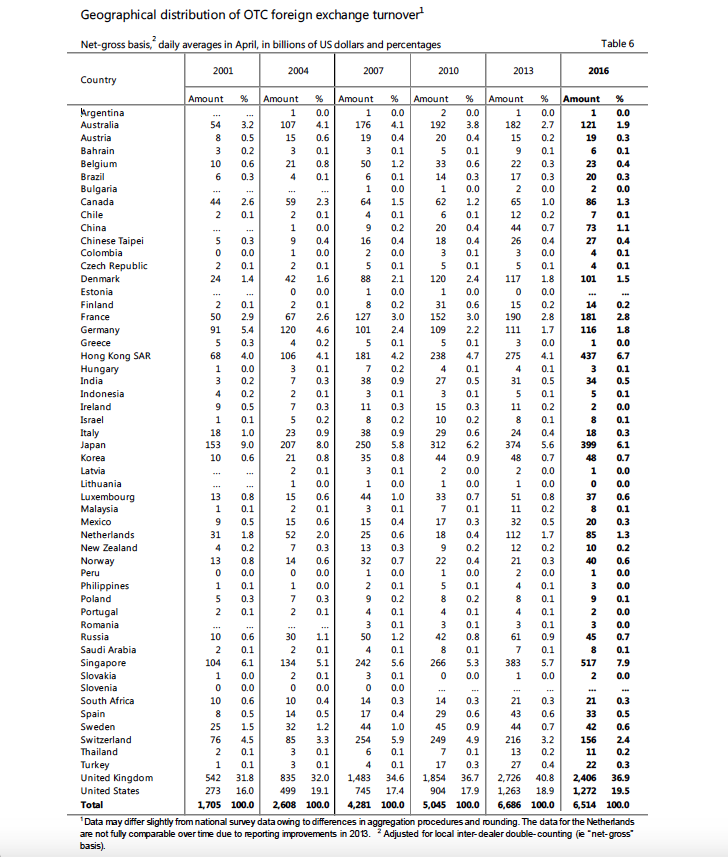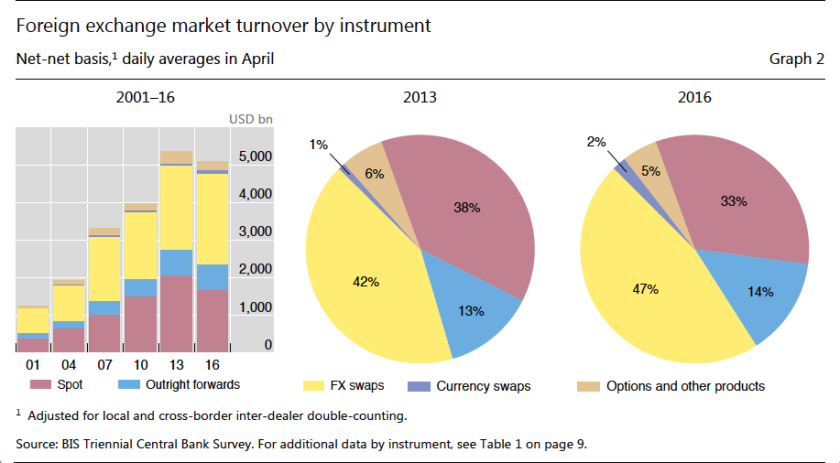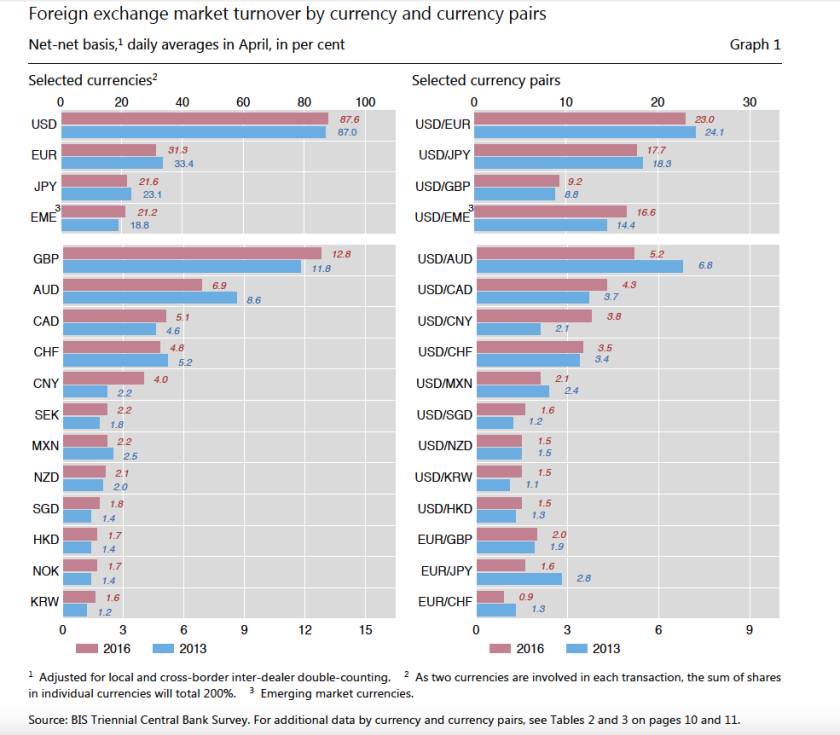Short term Thinking in Investment Decisions of Businesses and Financial Markets
When companies buyback shares and pay dividends rather than investing in new capacity, it leads to low economic growth and low aggregate demand.
Central Banks respond by cutting interest rates. Yet Businesses do not invest in new capacity.
Many studies attribute this to short term thinking dominant in corporate investment decisions. Pressures from shareholders push corporate managers to be short term oriented.
Many economists and thinkers have criticized this recently as advanced economies are suffering from anemic growth.
Larry Summers has invoked Secular Stagnation. He says one of the reason for Secular Stagnation is short term thinking.
Andy Haldane of Bank of England has criticized short term thinking as it prevents investments and causes low economic growth.
Key Terms:
- Quarterly Capitalism
- Secular Stagnation
- Short Term Thinking
- Low Economic Growth
- Business Investments
- Real Interest Rates
- Monetary Policy
- Income and Wealth Inequality
- Aggregate Demand
- Productive Capacity
- Productivity growth
- Long Term Investments
- Share Buybacks
- Dividends
- Corporate Cash Pools
Capitalism for the Long Term
The near meltdown of the financial system and the ensuing Great Recession have been, and will remain, the defining issue for the current generation of executives. Now that the worst seems to be behind us, it’s tempting to feel deep relief—and a strong desire to return to the comfort of business as usual. But that is simply not an option. In the past three years we’ve already seen a dramatic acceleration in the shifting balance of power between the developed West and the emerging East, a rise in populist politics and social stresses in a number of countries, and significant strains on global governance systems. As the fallout from the crisis continues, we’re likely to see increased geopolitical rivalries, new international security challenges, and rising tensions from trade, migration, and resource competition. For business leaders, however, the most consequential outcome of the crisis is the challenge to capitalism itself.
That challenge did not just arise in the wake of the Great Recession. Recall that trust in business hit historically low levels more than a decade ago. But the crisis and the surge in public antagonism it unleashed have exacerbated the friction between business and society. On top of anxiety about persistent problems such as rising income inequality, we now confront understandable anger over high unemployment, spiraling budget deficits, and a host of other issues. Governments feel pressure to reach ever deeper inside businesses to exert control and prevent another system-shattering event.
My goal here is not to offer yet another assessment of the actions policymakers have taken or will take as they try to help restart global growth. The audience I want to engage is my fellow business leaders. After all, much of what went awry before and after the crisis stemmed from failures of governance, decision making, and leadership within companies. These are failures we can and should address ourselves.
In an ongoing effort that started 18 months ago, I’ve met with more than 400 business and government leaders across the globe. Those conversations have reinforced my strong sense that, despite a certain amount of frustration on each side, the two groups share the belief that capitalism has been and can continue to be the greatest engine of prosperity ever devised—and that we will need it to be at the top of its job-creating, wealth-generating game in the years to come. At the same time, there is growing concern that if the fundamental issues revealed in the crisis remain unaddressed and the system fails again, the social contract between the capitalist system and the citizenry may truly rupture, with unpredictable but severely damaging results.
Most important, the dialogue has clarified for me the nature of the deep reform that I believe business must lead—nothing less than a shift from what I call quarterly capitalism to what might be referred to as long-term capitalism. (For a rough definition of “long term,” think of the time required to invest in and build a profitable new business, which McKinsey research suggests is at least five to seven years.) This shift is not just about persistently thinking and acting with a next-generation view—although that’s a key part of it. It’s about rewiring the fundamental ways we govern, manage, and lead corporations. It’s also about changing how we view business’s value and its role in society.
There are three essential elements of the shift. First, business and finance must jettison their short-term orientation and revamp incentives and structures in order to focus their organizations on the long term. Second, executives must infuse their organizations with the perspective that serving the interests of all major stakeholders—employees, suppliers, customers, creditors, communities, the environment—is not at odds with the goal of maximizing corporate value; on the contrary, it’s essential to achieving that goal. Third, public companies must cure the ills stemming from dispersed and disengaged ownership by bolstering boards’ ability to govern like owners.
When making major decisions, Asians typically think in terms of at least 10 to 15 years. In the U.S. and Europe, nearsightedness is the norm.
None of these ideas, or the specific proposals that follow, are new. What is new is the urgency of the challenge. Business leaders today face a choice: We can reform capitalism, or we can let capitalism be reformed for us, through political measures and the pressures of an angry public. The good news is that the reforms will not only increase trust in the system; they will also strengthen the system itself. They will unleash the innovation needed to tackle the world’s grand challenges, pave the way for a new era of shared prosperity, and restore public faith in business.
1. Fight the Tyranny of Short-Termism
As a Canadian who for 25 years has counseled business, public sector, and nonprofit leaders across the globe (I’ve lived in Toronto, Sydney, Seoul, Shanghai, and now London), I’ve had a privileged glimpse into different societies’ values and how leaders in various cultures think. In my view, the most striking difference between East and West is the time frame leaders consider when making major decisions. Asians typically think in terms of at least 10 to 15 years. For example, in my discussions with the South Korean president Lee Myung-bak shortly after his election in 2008, he asked us to help come up with a 60-year view of his country’s future (though we settled for producing a study called National Vision 2020.) In the U.S. and Europe, nearsightedness is the norm. I believe that having a long-term perspective is the competitive advantage of many Asian economies and businesses today.
Myopia plagues Western institutions in every sector. In business, the mania over quarterly earnings consumes extraordinary amounts of senior time and attention. Average CEO tenure has dropped from 10 to six years since 1995, even as the complexity and scale of firms have grown. In politics, democracies lurch from election to election, with candidates proffering dubious short-term panaceas while letting long-term woes in areas such as economic competitiveness, health, and education fester. Even philanthropy often exhibits a fetish for the short term and the new, with grantees expected to become self-sustaining in just a few years.
Lost in the frenzy is the notion that long-term thinking is essential for long-term success. Consider Toyota, whose journey to world-class manufacturing excellence was years in the making. Throughout the 1950s and 1960s it endured low to nonexistent sales in the U.S.—and it even stopped exporting altogether for one bleak four-year period—before finally emerging in the following decades as a global leader. Think of Hyundai, which experienced quality problems in the late 1990s but made a comeback by reengineering its cars for long-term value—a strategy exemplified by its unprecedented introduction, in 1999, of a 10-year car warranty. That radical move, viewed by some observers as a formula for disaster, helped Hyundai quadruple U.S. sales in three years and paved the way for its surprising entry into the luxury market.
To be sure, long-term perspectives can be found in the West as well. For example, in 1985, in the face of fierce Japanese competition, Intel famously decided to abandon its core business, memory chips, and focus on the then-emerging business of microprocessors. This “wrenching” decision was “nearly inconceivable” at the time, says Andy Grove, who was then the company’s president. Yet by making it, Intel emerged in a few years on top of a new multi-billion-dollar industry. Apple represents another case in point. The iPod, released in 2001, sold just 400,000 units in its first year, during which Apple’s share price fell by roughly 25%. But the board took the long view. By late 2009 the company had sold 220 million iPods—and revolutionized the music business.
It’s fair to say, however, that such stories are countercultural. In the 1970s the average holding period for U.S. equities was about seven years; now it’s more like seven months. According to a recent paper by Andrew Haldane, of the Bank of England, such churning has made markets far more volatile and produced yawning gaps between corporations’ market price and their actual value. Then there are the “hyperspeed” traders (some of whom hold stocks for only a few seconds), who now account for 70% of all U.S. equities trading, by one estimate. In response to these trends, executives must do a better job of filtering input, and should give more weight to the views of investors with a longer-term, buy-and-hold orientation.
If they don’t, short-term capital will beget short-term management through a natural chain of incentives and influence. If CEOs miss their quarterly earnings targets, some big investors agitate for their removal. As a result, CEOs and their top teams work overtime to meet those targets. The unintended upshot is that they manage for only a small portion of their firm’s value. When McKinsey’s finance experts deconstruct the value expectations embedded in share prices, we typically find that 70% to 90% of a company’s value is related to cash flows expected three or more years out. If the vast majority of most firms’ value depends on results more than three years from now, but management is preoccupied with what’s reportable three months from now, then capitalism has a problem.
Roughly 70% of all U.S. equities trading is now done by “hyperspeed” traders—some of whom hold stocks for only a few seconds.
Some rightly resist playing this game. Unilever, Coca-Cola, and Ford, to name just a few, have stopped issuing earnings guidance altogether. Google never did. IBM has created five-year road maps to encourage investors to focus more on whether it will reach its long-term earnings targets than on whether it exceeds or misses this quarter’s target by a few pennies. “I can easily make my numbers by cutting SG&A or R&D, but then we wouldn’t get the innovations we need,” IBM’s CEO, Sam Palmisano, told us recently. Mark Wiseman, executive vice president at the Canada Pension Plan Investment Board, advocates investing “for the next quarter century,” not the next quarter. And Warren Buffett has quipped that his ideal holding period is “forever.” Still, these remain admirable exceptions.
To break free of the tyranny of short-termism, we must start with those who provide capital. Taken together, pension funds, insurance companies, mutual funds, and sovereign wealth funds hold $65 trillion, or roughly 35% of the world’s financial assets. If these players focus too much attention on the short term, capitalism as a whole will, too.
In theory they shouldn’t, because the beneficiaries of these funds have an obvious interest in long-term value creation. But although today’s standard practices arose from the desire to have a defensible, measurable approach to portfolio management, they have ended up encouraging shortsightedness. Fund trustees, often advised by investment consultants, assess their money managers’ performance relative to benchmark indices and offer only short-term contracts. Those managers’ compensation is linked to the amount of assets they manage, which typically rises when short-term performance is strong. Not surprisingly, then, money managers focus on such performance—and pass this emphasis along to the companies in which they invest. And so it goes, on down the line.
Only 45% of those surveyed in the U.S. and the UK expressed trust in business. This stands in stark contrast to developing countries: For example, the figure is 61% in China, 70% in India, and 81% in Brazil.
As the stewardship advocate Simon Wong points out, under the current system pension funds deem an asset manager who returns 10% to have underperformed if the relevant benchmark index rises by 12%. Would it be unthinkable for institutional investors instead to live with absolute gains on the (perfectly healthy) order of 10%—especially if they like the approach that delivered those gains—and review performance every three or five years, instead of dropping the 10-percenter? Might these big funds set targets for the number of holdings and rates of turnover, at least within the “fundamental investing” portion of their portfolios, and more aggressively monitor those targets? More radically, might they end the practice of holding thousands of stocks and achieve the benefits of diversification with fewer than a hundred—thereby increasing their capacity to effectively engage with the businesses they own and improve long-term performance? Finally, could institutional investors beef up their internal skills and staff to better execute such an agenda? These are the kinds of questions we need to address if we want to align capital’s interests more closely with capitalism’s.
2. Serve Stakeholders, Enrich Shareholders
The second imperative for renewing capitalism is disseminating the idea that serving stakeholders is essential to maximizing corporate value. Too often these aims are presented as being in tension: You’re either a champion of shareholder value or you’re a fan of the stakeholders. This is a false choice.
The inspiration for shareholder-value maximization, an idea that took hold in the 1970s and 1980s, was reasonable: Without some overarching financial goal with which to guide and gauge a firm’s performance, critics feared, managers could divert corporate resources to serve their own interests rather than the owners’. In fact, in the absence of concrete targets, management might become an exercise in politics and stakeholder engagement an excuse for inefficiency. Although this thinking was quickly caricatured in popular culture as the doctrine of “greed is good,” and was further tarnished by some companies’ destructive practices in its name, in truth there was never any inherent tension between creating value and serving the interests of employees, suppliers, customers, creditors, communities, and the environment. Indeed, thoughtful advocates of value maximization have always insisted that it is long-term value that has to be maximized.
Capitalism’s founding philosopher voiced an even bolder aspiration. “All the members of human society stand in need of each others assistance, and are likewise exposed to mutual injuries,” Adam Smith wrote in his 1759 work, The Theory of Moral Sentiments. “The wise and virtuous man,” he added, “is at all times willing that his own private interest should be sacrificed to the public interest,” should circumstances so demand.
Smith’s insight into the profound interdependence between business and society, and how that interdependence relates to long-term value creation, still reverberates. In 2008 and again in 2010, McKinsey surveyed nearly 2,000 executives and investors; more than 75% said that environmental, social, and governance (ESG) initiatives create corporate value in the long term. Companies that bring a real stakeholder perspective into corporate strategy can generate tangible value even sooner. (See the sidebar “Who’s Getting It Right?”)
Creating direct business value, however, is not the only or even the strongest argument for taking a societal perspective. Capitalism depends on public trust for its legitimacy and its very survival. According to the Edelman public relations agency’s just-released 2011 Trust Barometer, trust in business in the U.S. and the UK (although up from mid-crisis record lows) is only in the vicinity of 45%. This stands in stark contrast to developing countries: For example, the figure is 61% in China, 70% in India, and 81% in Brazil. The picture is equally bleak for individual corporations in the Anglo-American world, “which saw their trust rankings drop again last year to near-crisis lows,” says Richard Edelman.
How can business leaders restore the public’s trust? Many Western executives find that nothing in their careers has prepared them for this new challenge. Lee Scott, Walmart’s former CEO, has been refreshingly candid about arriving in the top job with a serious blind spot. He was plenty busy minding the store, he says, and had little feel for the need to engage as a statesman with groups that expected something more from the world’s largest company. Fortunately, Scott was a fast learner, and Walmart has become a leader in environmental and health care issues.
Tomorrow’s CEOs will have to be, in Joseph Nye’s apt phrase, “tri-sector athletes”: able and experienced in business, government, and the social sector. But the pervading mind-set gets in the way of building those leadership and management muscles. “Analysts and investors are focused on the short term,” one executive told me recently. “They believe social initiatives don’t create value in the near term.” In other words, although a large majority of executives believe that social initiatives create value in the long term, they don’t act on this belief, out of fear that financial markets might frown. Getting capital more aligned with capitalism should help businesses enrich shareholders by better serving stakeholders.
3. Act Like You Own the Place
As the financial sector’s troubles vividly exposed, when ownership is broadly fragmented, no one acts like he’s in charge. Boards, as they currently operate, don’t begin to serve as a sufficient proxy. All the Devils Are Here, by Bethany McLean and Joe Nocera, describes how little awareness Merrill Lynch’s board had of the firm’s soaring exposure to subprime mortgage instruments until it was too late. “I actually don’t think risk management failed,” Larry Fink, the CEO of the investment firm BlackRock, said during a 2009 debate about the future of capitalism, sponsored by the Financial Times. “I think corporate governance failed, because…the boards didn’t ask the right questions.”
What McKinsey has learned from studying successful family-owned companies suggests a way forward: The most effective ownership structure tends to combine some exposure in the public markets (for the discipline and capital access that exposure helps provide) with a significant, committed, long-term owner. Most large public companies, however, have extremely dispersed ownership, and boards rarely perform the single-owner-proxy role. As a result, CEOs too often listen to the investors (and members of the media) who make the most noise. Unfortunately, those parties tend to be the most nearsighted ones. And so the tyranny of the short term is reinforced.
The answer is to renew corporate governance by rooting it in committed owners and by giving those owners effective mechanisms with which to influence management. We call this ownership-based governance, and it requires three things:
Just 43% of the nonexecutive directors of public companies believe they significantly influence strategy. For this to change, board members must devote much more time to their roles.
More-effective boards.
In the absence of a dominant shareholder (and many times when there is one), the board must represent a firm’s owners and serve as the agent of long-term value creation. Even among family firms, the executives of the top-performing companies wield their influence through the board. But only 43% of the nonexecutive directors of public companies believe they significantly influence strategy. For this to change, board members must devote much more time to their roles. A government-commissioned review of the governance of British banks last year recommended an enormous increase in the time required of nonexecutive directors of banks—from the current average, between 12 and 20 days annually, to between 30 and 36 days annually. What’s especially needed is an increase in the informal time board members spend with investors and executives. The nonexecutive board directors of companies owned by private equity firms spend 54 days a year, on average, attending to the company’s business, and 70% of that time consists of informal meetings and conversations. Four to five days a month obviously give a board member much greater understanding and impact than the three days a quarter (of which two may be spent in transit) devoted by the typical board member of a public company.
Boards also need much more relevant experience. Industry knowledge—which four of five nonexecutive directors of big companies lack—helps boards identify immediate opportunities and reduce risk. Contextual knowledge about the development path of an industry—for example, whether the industry is facing consolidation, disruption from new technologies, or increased regulation—is highly valuable, too. Such insight is often obtained from experience with other industries that have undergone a similar evolution.
In addition, boards need more-effective committee structures—obtainable through, for example, the establishment of a strategy committee or of dedicated committees for large business units. Directors also need the resources to allow them to form independent views on strategy, risk, and performance (perhaps by having a small analytical staff that reports only to them). This agenda implies a certain professionalization of nonexecutive directorships and a more meaningful strategic partnership between boards and top management. It may not please some executive teams accustomed to boards they can easily “manage.” But given the failures of governance to date, it is a necessary change.
More-sensible CEO pay.
An important task of governance is setting executive compensation. Although 70% of board directors say that pay should be tied more closely to performance, CEO pay is too often structured to reward a leader simply for having made it to the top, not for what he or she does once there. Meanwhile, polls show that the disconnect between pay and performance is contributing to the decline in public esteem for business.
Companies should create real risk for executives.Some experts privately suggest mandating that new executives invest a year’s salary in the company.
CEOs and other executives should be paid to act like owners. Once upon a time we thought that stock options would achieve this result, but stock-option- based compensation schemes have largely incentivized the wrong behavior. When short-dated, options lead to a focus on meeting quarterly earnings estimates; even when long-dated (those that vest after three years or more), they can reward managers for simply surfing industry- or economy-wide trends (although reviewing performance against an appropriate peer index can help minimize free rides). Moreover, few compensation schemes carry consequences for failure—something that became clear during the financial crisis, when many of the leaders of failed institutions retired as wealthy people.
There will never be a one-size-fits-all solution to this complex issue, but companies should push for change in three key areas:
• They should link compensation to the fundamental drivers of long-term value, such as innovation and efficiency, not just to share price.
• They should extend the time frame for executive evaluations—for example, using rolling three-year performance evaluations, or requiring five-year plans and tracking performance relative to plan. This would, of course, require an effective board that is engaged in strategy formation.
• They should create real downside risk for executives, perhaps by requiring them to put some skin in the game. Some experts we’ve surveyed have privately suggested mandating that new executives invest a year’s salary in the company.
Redefined shareholder “democracy.”
The huge increase in equity churn in recent decades has spawned an anomaly of governance: At any annual meeting, a large number of those voting may soon no longer be shareholders. The advent of high-frequency trading will only worsen this trend. High churn rates, short holding periods, and vote-buying practices may mean the demise of the “one share, one vote” principle of governance, at least in some circumstances. Indeed, many large, top-performing companies, such as Google, have never adhered to it. Maybe it’s time for new rules that would give greater weight to long-term owners, like the rule in some French companies that gives two votes to shares held longer than a year. Or maybe it would make sense to assign voting rights based on the average turnover of an investor’s portfolio. If we want capitalism to focus on the long term, updating our notions of shareholder democracy in such ways will soon seem less like heresy and more like common sense.
While I remain convinced that capitalism is the economic system best suited to advancing the human condition, I’m equally persuaded that it must be renewed, both to deal with the stresses and volatility ahead and to restore business’s standing as a force for good, worthy of the public’s trust. The deficiencies of the quarterly capitalism of the past few decades were not deficiencies in capitalism itself—just in that particular variant. By rebuilding capitalism for the long term, we can make it stronger, more resilient, more equitable, and better able to deliver the sustainable growth the world needs. The three imperatives outlined above can be a start along this path and, I hope, a way to launch the conversation; others will have their own ideas to add.
The kind of deep-seated, systemic changes I’m calling for can be achieved only if boards, business executives, and investors around the world take responsibility for bettering the system they lead. Such changes will not be easy; they are bound to encounter resistance, and business leaders today have more than enough to do just to keep their companies running well. We must make the effort regardless. If capitalism emerges from the crisis vibrant and renewed, future generations will thank us. But if we merely paper over the cracks and return to our precrisis views, we will not want to read what the historians of the future will write. The time to reflect—and to act—is now.
Please see my other related posts.
Business Investments and Low Interest Rates
Mergers and Acquisitions – Long Term Trends and Waves
Key sources of Research:
Secular stagnation and low investment: Breaking the vicious cycle—a discussion paper
McKinsey
Case Still Out on Whether Corporate Short-Termism Is a Problem
Larry Summers
http://larrysummers.com/2017/02/09/case-still-out-on-whether-corporate-short-termism-is-a-problem/
Where companies with a long-term view outperform their peers
McKinsey
FT
https://www.ft.com/content/8c868a98-b821-11e4-b6a5-00144feab7de
Anthony Hilton: Short-term thinking hits nations as a whole, not just big business
Short-termism in business: causes, mechanisms and consequences
Click to access Short-termism_raport_EY.pdf
Overcoming the Barriers to Long-term Thinking in Financial Markets
Click to access long-term-thinking-fpf-report-july-11.pdf
Understanding Short-Termism: Questions and Consequences
Click to access Understanding-Short-Termism.pdf
Ending Short-Termism : An Investment Agenda for Growth
Click to access Ending-Short-Termism.pdf
The Short Long
Speech by
Andrew G Haldane, Executive Director, Financial Stability, and Richard Davies
Brussels May 2011
Capitalism for the Long Term
Dominic Barton
https://hbr.org/2011/03/capitalism-for-the-long-term
Quarterly capitalism: The pervasive effects of short-termism and austerity
Is Short-Term Behavior Jeopardizing the Future Prosperity of Business?
Andrew G Haldane: The short long
THE UNEASY CASE FOR FAVORING LONG-TERM SHAREHOLDERS
https://dash.harvard.edu/bitstream/handle/1/17985223/Fried_795.pdf?sequence=1
The fringe economic theory that might get traction in the 2016 campaign
FCLT Global: Focusing Capital on the Long Term
Publications
http://www.fcltglobal.org/insights/publications
Finally, Evidence That Managing for the Long Term Pays Off
Dominic Barton
James Manyika
Sarah Keohane Williamson
https://hbr.org/2017/02/finally-proof-that-managing-for-the-long-term-pays-off
Focusing Capital on the Long Term
Dominic Barton
Mark Wiseman
Is Corporate Short-Termism Really a Problem? The Jury’s Still Out
Lawrence H. Summers
Yes, Short-Termism Really Is a Problem
Roger L. Martin
Long-Termism or Lemons
The Role of Public Policy in Promoting Long-Term Investments
By Marc Jarsulic, Brendan V. Duke, and Michael Madowitz October 2015
Center for American Progress
Click to access LongTermism-reportB.pdf
Overcoming Short-termism: A Call for A More Responsible Approach to Investment and Business Management
Focusing capital on the Long Term
Jean-Hugues Monier – Senior Parter – McKinsey & Company
Princeton University – November 2016

